Introduction
Quotes about autism offer profound insights into the lived experiences of individuals on the spectrum, illuminating their unique challenges and strengths. These quotes can shed light on the diverse ways people with autism perceive the world, fostering greater understanding and appreciation. As the autistic community and many in the field of neurology have advocated, autism should be seen not as a disorder but as a different way of being.
This shift in perspective is crucial in promoting realistic portrayals of autism, moving away from stereotypes and misconceptions.
For example, transitions can be particularly challenging for autistic individuals due to the uncertainty and unfamiliarity of new environments. This was evident in the case of Lil, a 17-year-old transitioning from her special school to a post-16 destination. Such experiences underscore the importance of understanding and supporting autistic individuals through changes in routine and setting.
Moreover, genuine and posed smiles highlight the nuances of social communication for autistic individuals. Researchers have noted that people often favor those similar to themselves, an intergroup bias that can affect the authenticity of social interactions. Recognizing these subtleties can help foster more inclusive and empathetic environments.
Autism is a complex spectrum, and as the saying goes, "if you've met one autistic person, you've met one autistic person." The increasing awareness and acceptance of autism over the past decade reflect a broader understanding of its diversity. It's essential to continue this progress by listening to the voices of the autistic community and ensuring that autism is portrayed accurately and empathetically.
Understanding Autism Through Quotes
Quotes about this condition provide deep understandings of the lived experiences of individuals on the spectrum, highlighting their unique challenges and strengths. These quotes can illuminate the diverse ways individuals on the spectrum perceive the world, fostering greater understanding and appreciation. 'As the community of individuals on the spectrum and many in the field of neurology have advocated, this condition should be seen not as a disorder but as a different way of being.'. This shift in perspective is crucial in promoting realistic portrayals of autism, moving away from stereotypes and misconceptions.
For instance, changes can be especially difficult for people on the spectrum because of the unpredictability and strangeness of new surroundings. This was evident in the case of Lil, a 17-year-old transitioning from her special school to a post-16 destination. Such experiences highlight the significance of comprehending and assisting those on the spectrum through alterations in routine and environment.
Moreover, genuine and posed smiles highlight the nuances of social communication for individuals on the spectrum. Researchers have noted that people often favor those similar to themselves, an intergroup bias that can affect the authenticity of social interactions. Recognizing these subtleties can help foster more inclusive and empathetic environments.
'Autism is a complex spectrum, and as the saying goes, 'if you've met one individual on the spectrum, you've met one individual on the spectrum.'' 'The growing awareness and acceptance of this condition over the past decade reflect a broader understanding of its diversity.'. It's essential to continue this progress by listening to the voices of the autistic community and ensuring that this condition is portrayed accurately and empathetically.
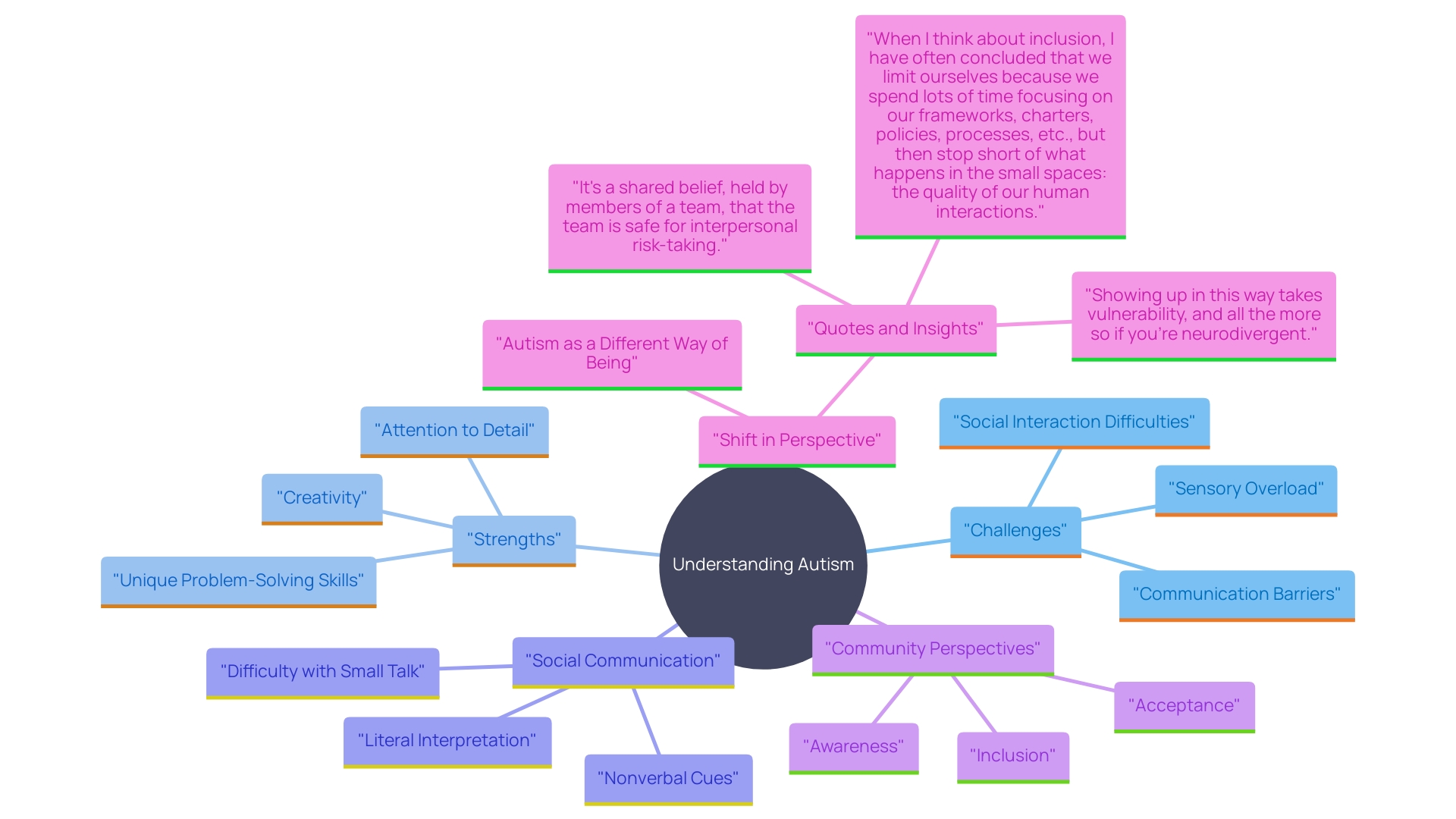
Embracing Neurodiversity
"The charm of the world resides in the variety of its inhabitants." This saying motivates us to honor neurodiversity, acknowledging that each person, including those with developmental differences, contributes distinct viewpoints that enhance our community. Imagine a world where every mind thinks alike, following the same paths and solving problems in the same way. It might sound like a utopia of harmony, but in reality, it would likely be a dystopia of stagnation and echo chambers. True innovation is typically realized when challenges are approached through a rich tapestry of diverse minds and discordant thought.
Neurodiversity encompasses a range of brain functions and behavioral traits, such as Dyslexia, Dyspraxia, Dyscalculia, Autism, and ADHD. Each of these conditions comes with a spectrum of behaviors that can bring unique strengths to society. For example, John, a highly skilled software engineer on the autism spectrum, is renowned for his exceptional pattern recognition abilities and problem-solving prowess. His talents went unnoticed for years until a progressive tech company recognized the untapped potential within neurodiversity. By creating an inclusive and accommodating environment, this organization allowed John to flourish, leading to groundbreaking innovations that propelled the company to prominence within its industry.
In recent years, many organizations have been trying to incorporate neurodiversity into their diversity, equity, inclusion, and belonging (DEIB) plans. More than 80% of autistic people are unemployed, despite many having skills that could greatly contribute to businesses. Inclusive hiring practices not only benefit people but also give brands a competitive edge. From greater resilience to better performance, organizations can reap key strategic and commercial benefits by embracing diverse ways of thinking. Access to diverse ways of thinking benefits both organizations and humanity as a whole, turning theory into practice through inclusive design and accessibility considerations baked in from the start.
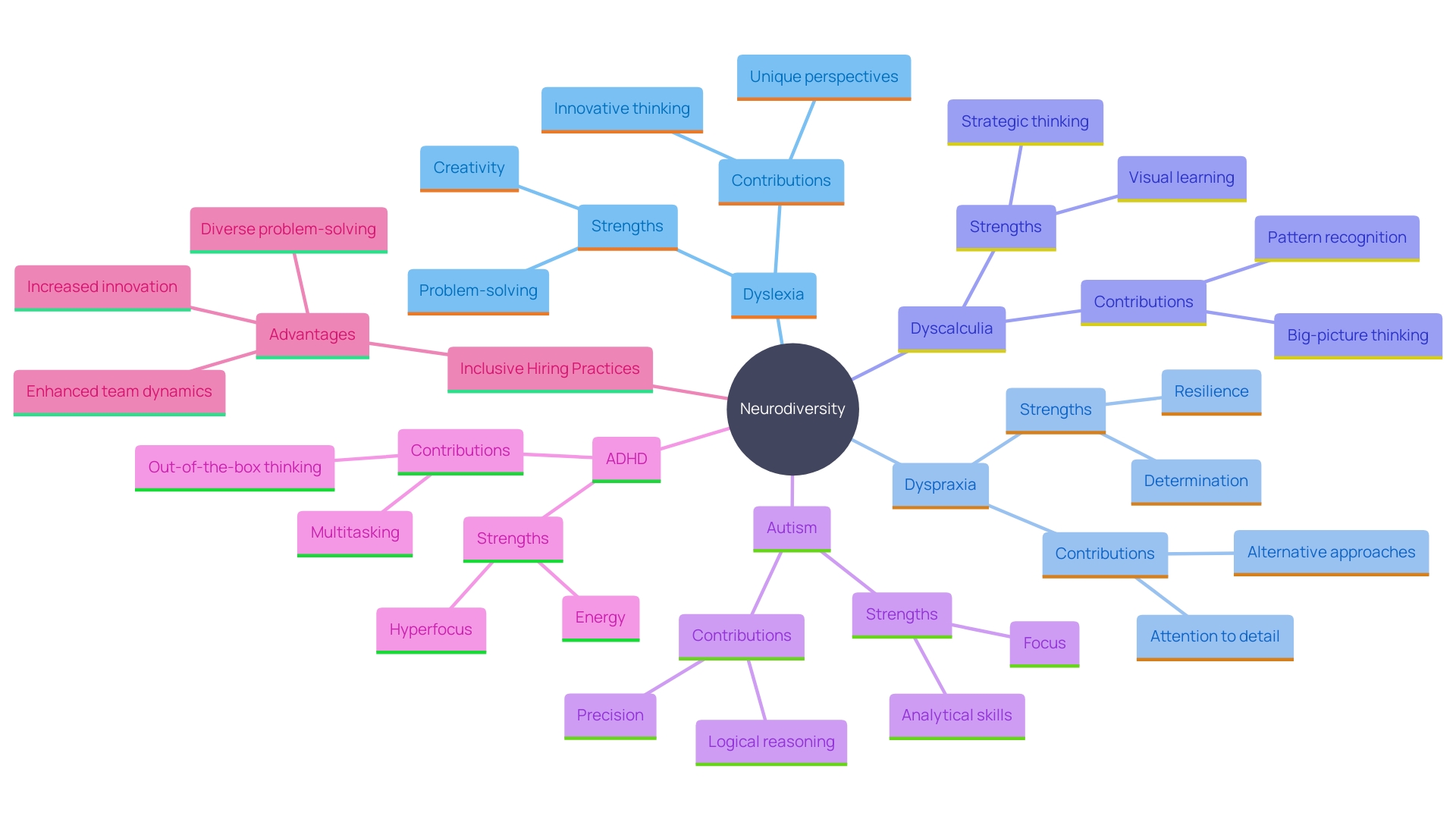
Celebrating Differences
"Different, not less." This profound declaration counters the misconceptions surrounding autism, emphasizing that variations in behavior and thought are unique contributions to the human experience. As Jonathan Holdowsky from Deloitte Services LP explains, true innovation flourishes when challenges are met by a diverse array of perspectives, rather than uniform thinking. This sentiment is echoed by the success of neurodiversity hiring programs at companies like Microsoft, which have integrated around 300 neurodivergent employees, providing mentors and job coaches to aid in their professional journey. By creating environments of psychological safety, as highlighted by Professor Amy Edmondson, we enable neurodivergent people to express their full potential without fear. These efforts are further supported by initiatives like Access to Work, a government grant that funds practical support for those with disabilities, ensuring they can thrive in their professional lives without additional financial burdens. Such measures collectively affirm that neurodivergent individuals bring invaluable strengths and should be encouraged to participate fully in all aspects of life."
A Parent’s Perspective
"I see my child's potential beyond the label of autism." This sentiment resonates deeply with many parents who focus on their child's strengths and abilities rather than limitations. Dr. David (Dan) R. Offord, a well-known Child Psychiatrist, once remarked, “I do not mind if my children are in a race as long as the race is fair.” This quote highlights the significance of acknowledging the distinct needs and strengths children with autism contribute to their communities. For instance, Lil's story of transitioning from a special school to a community-based program in Southampton highlights the challenges and opportunities faced by autistic youth. Such transitions, though difficult, can be pivotal for growth and development.
Recent reports indicate a 27% rise in new referrals for developmental disorders, showing the increasing need for support and resources. This surge can be daunting, but it also signifies a growing awareness and recognition of the condition. The story of Mr. Harris and his son, Josh, who used technology to communicate, exemplifies how innovative solutions can unlock potential and change lives. Joshie's success has inspired many and demonstrates the power of seeing beyond limitations. As parents and caregivers, focusing on the positives and advocating for fair opportunities can make a significant difference in the lives of autistic children, ensuring they thrive and contribute meaningfully to society.
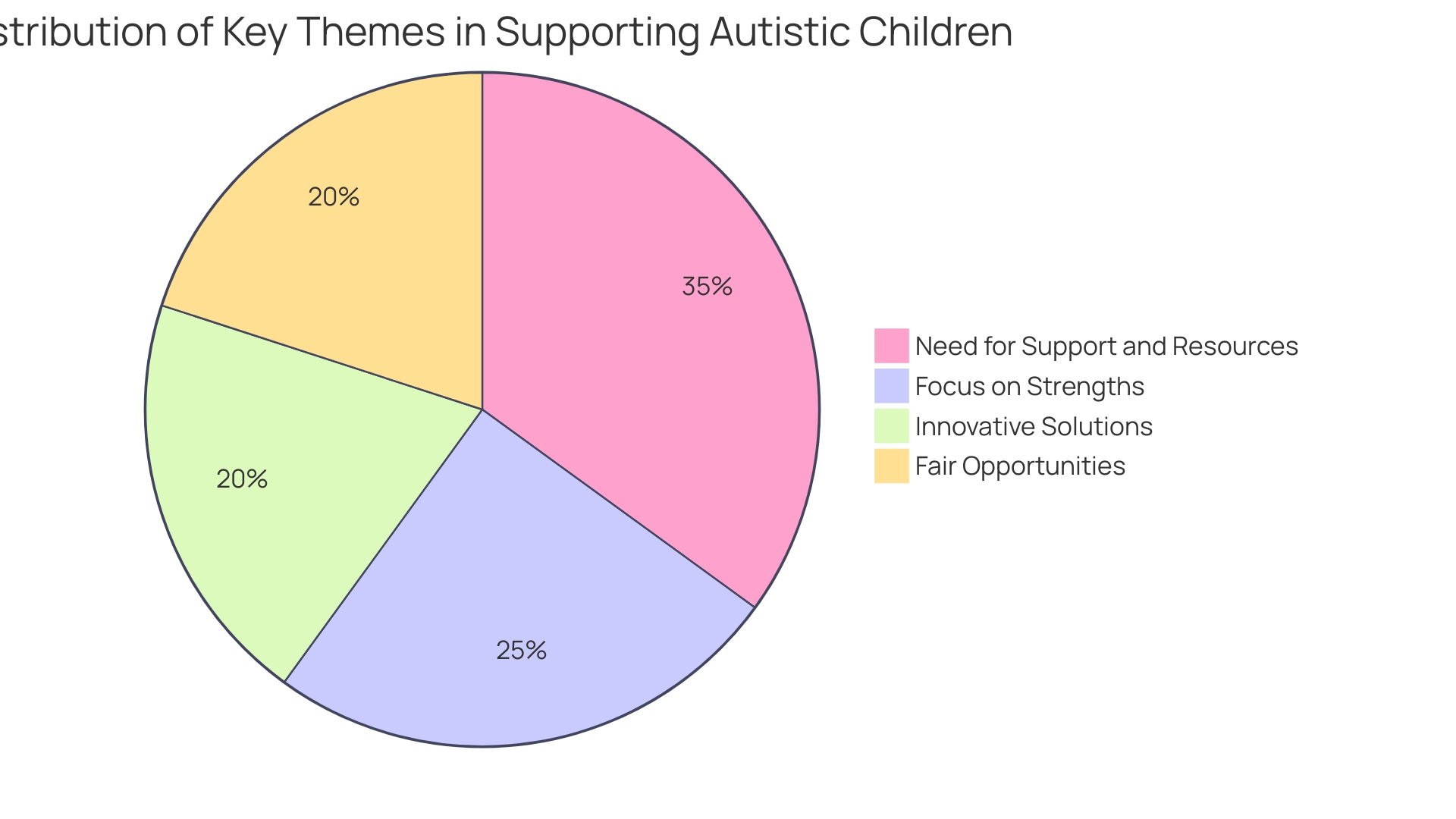
Understanding Autism
"To comprehend this condition is to grasp a different way of thinking and existing." This viewpoint highlights the significance of compassion and open-mindedness in promoting acceptance and assistance for those on the spectrum. As Dr. David (Dan) R. Offord, a renowned child psychiatrist, once said, “Growing up in Canada is like a race. 'I do not mind if my children are in a race as long as the race is fair.' This sentiment underscores the need to ensure that all children, including those with developmental differences, are given fair opportunities and the support they need to thrive.
The tale of Humza, an 11-year-old boy who received a VIP travel experience from Emirates and Dubai International Airport, demonstrates how meaningful support can transform experiences for neurodivergent people. By collaborating with families and support groups, these organizations provided Humza with a rehearsal flying experience, helping him navigate the unfamiliar environment of air travel with confidence.
Healthcare professionals, as well, must embrace a receptive mindset when attending to people on the autism spectrum. As a paramedic pointed out, this spectrum condition has no specific set of signs and symptoms. Acknowledging the unique needs and strengths of every person is essential for providing effective, patient-centered care. The experiences of healthcare workers and families alike highlight the importance of empathy, flexibility, and a commitment to understanding this condition from the perspectives of those who live with it daily.
The transition of Lil, a 17-year-old in the UK, from her special school to a community-based café exemplifies the challenges and opportunities faced by people on the spectrum during significant life changes. Such transitions can be particularly difficult due to the uncertainty and unfamiliarity of new settings, but with the right support, they can also open doors to new skills and community engagement.
Ultimately, creating a supportive and inclusive atmosphere for people on the spectrum necessitates a collective effort. Listening to neurodivergent voices and incorporating their insights into our practices can lead to more meaningful and effective support systems. As the saying goes, “Nothing about us without us.” This powerful reminder advocates for the inclusion of autistic persons in the discussions and decisions that impact their lives, ensuring that their distinct viewpoints and needs are always at the forefront
Finding Strength in Autism
"Autism is not a disability; it’s a different ability." This uplifting quote encourages those on the spectrum to embrace their unique skills and talents, reinforcing the notion that this condition can come with its own set of strengths. For example, Temple Grandin, a renowned author and professor, has shown how different ways of thinking can lead to groundbreaking advancements. Grandin emphasizes that understanding the three most common types of thinkers—visual, pattern, and word thinkers—can help unlock the potential of each person. This perspective aligns with the idea that about 1 out of every 100 students in American public schools has autism, many of whom possess exceptional talents in areas like math, science, and the arts. By recognizing and fostering these abilities, we can create more inclusive environments where everyone feels safe to take interpersonal risks and contribute meaningfully. This approach is also reflected in programs like Access to Work (AtW), which provide practical support to help individuals with disabilities thrive in their careers. Embracing these unique abilities not only benefits those on the spectrum but also enriches our broader community and workforce.
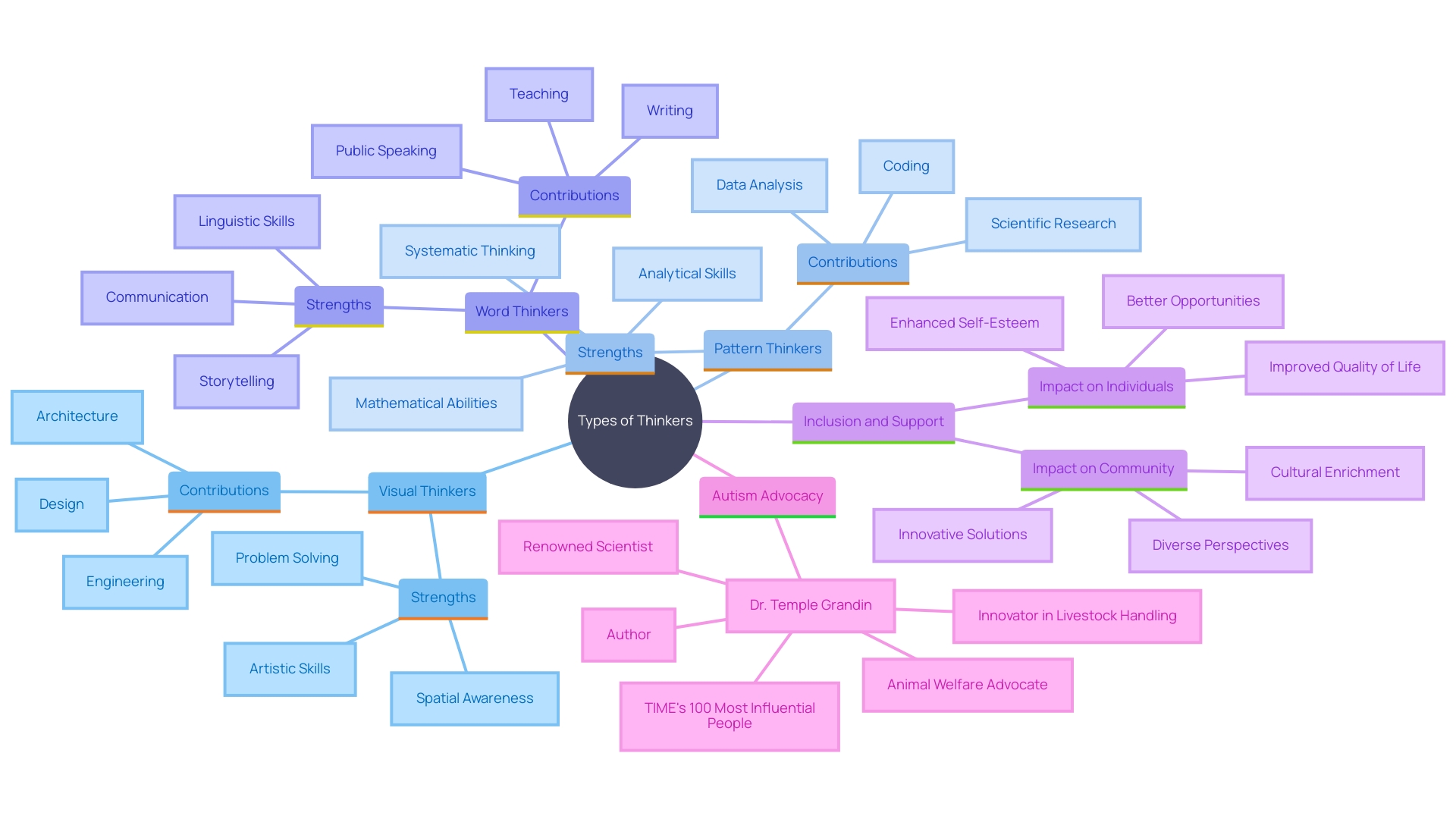
Shifting Perspectives and Promoting Acceptance
"Acceptance is not the absence of judgment; it's the presence of understanding." This quote underscores the importance of moving beyond mere tolerance to foster genuine acceptance of differences. Transitions, such as moving from school to a post-16 destination, can be particularly challenging for young individuals on the spectrum due to the uncertainty and unfamiliarity of new settings. The case of Lil, a 17-year-old transitioning to a community-based program, highlights how understanding and supporting these transitions is crucial. Autistic individuals often face the misconception that they are 'hard to reach,' resulting in their exclusion from important discussions and decisions. However, initiatives like the 'I am' Digital Story empower autistic youth by recognizing their capabilities and personal insights.
In the broader context, the neurodiversity movement emphasizes understanding neurological differences, such as developmental disorders, as part of the human spectrum rather than conditions to be cured. This shift towards acceptance is evident in efforts by organizations like Emirates and Dubai International Airport, which are improving the travel experience for neurodivergent passengers through rehearsal flying experiences. These initiatives showcase a growing recognition of the need for understanding and acceptance, moving society towards a more inclusive future."
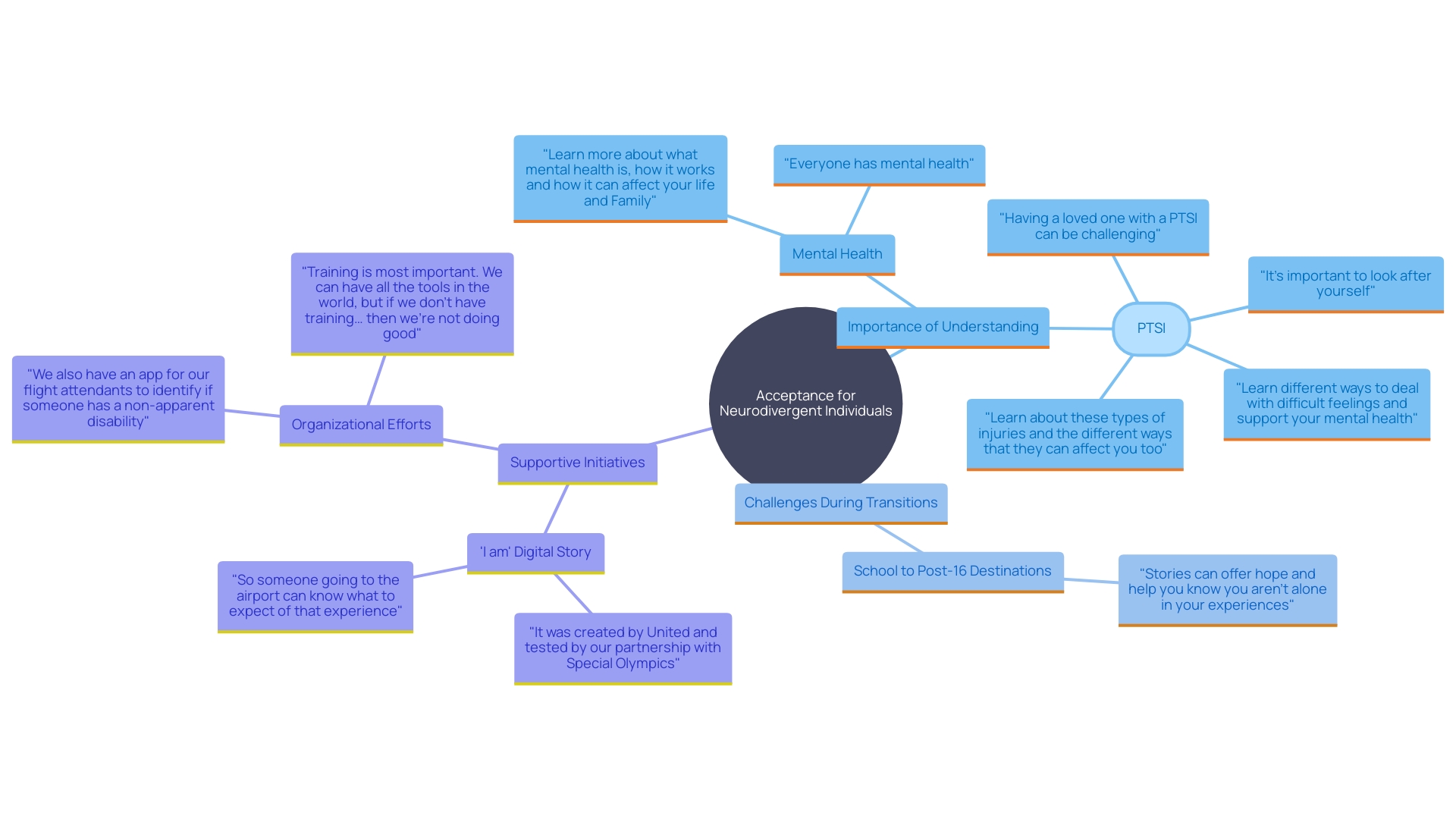
Encouraging Self-Advocacy
“Your voice matters. 'Speak your truth.' This quote encourages individuals on the spectrum to advocate for themselves, emphasizing the significance of self-expression and empowerment. Real-life stories, like that of a researcher born with Moebius syndrome who faced unique challenges in communication, illuminate the power of self-advocacy. For example, Lil, a 17-year-old on the autism spectrum, navigated the uncertainties of transitioning from a special school to a community-based café, demonstrating the impact of self-advocacy in real-world settings. Dr. Megan A. Neff, a neurodivergent clinician and advocate, underscores this by highlighting the importance of advocating for one's needs and embracing neurodiversity.
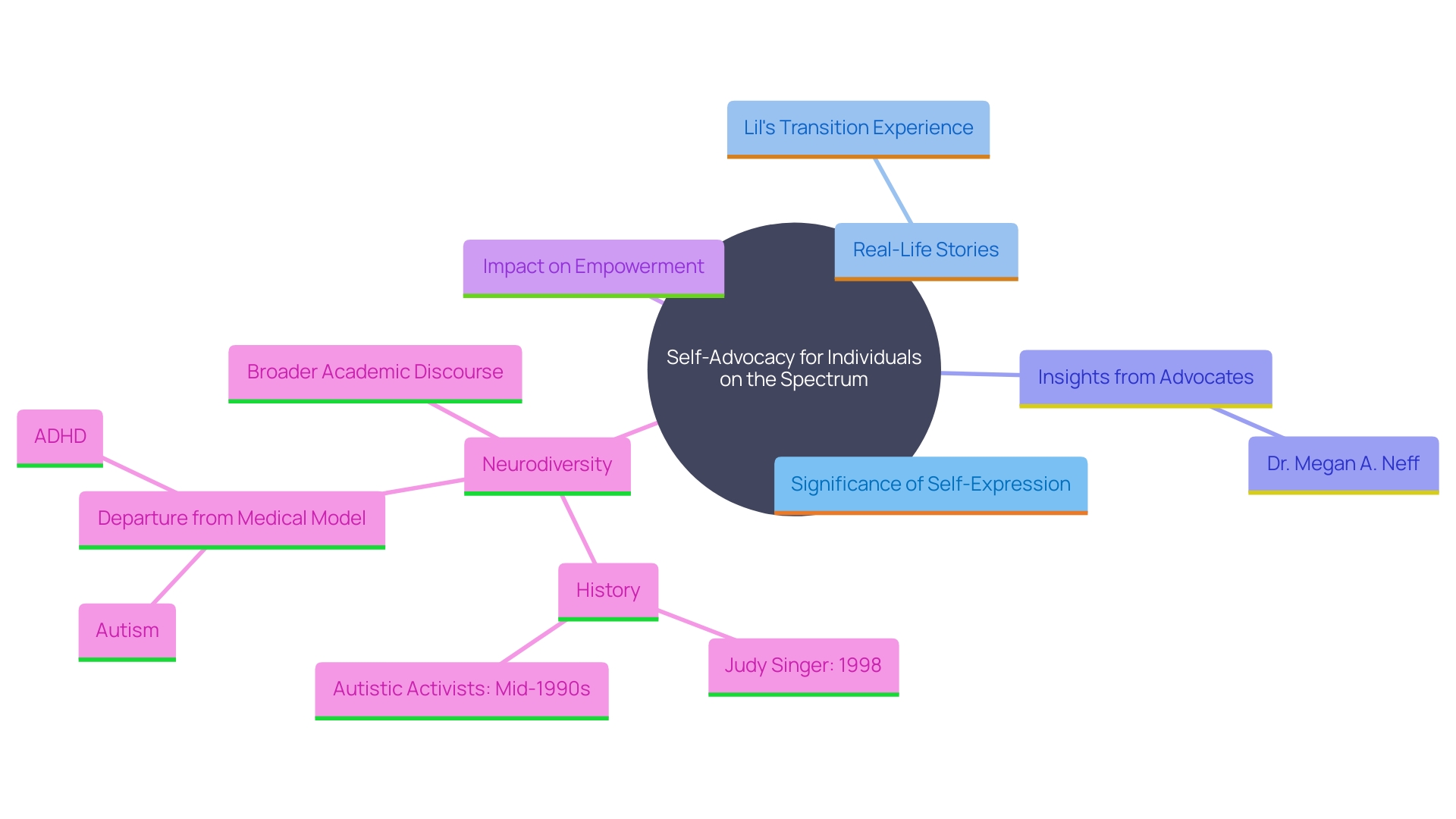
Providing Hope and Motivation
Emily Dickinson's quote, 'Hope is the thing with feathers that perches in the soul,' beautifully captures the essence of hope as an intrinsic motivator. Hope is not just an emotional state but a cognitive process grounded in setting goals, identifying pathways to achieve them, and mustering the willpower to pursue those goals. Research underscores hope's significance, with over 2,000 studies demonstrating its role as one of the strongest predictors of well-being. During challenging times, like the COVID-19 pandemic, hope has been a critical factor in reducing stress, depression, and anxiety. As families and individuals navigate the complexities of life, hope acts as a beacon, encouraging them to strive for a better future and fostering a sense of purpose and resilience.
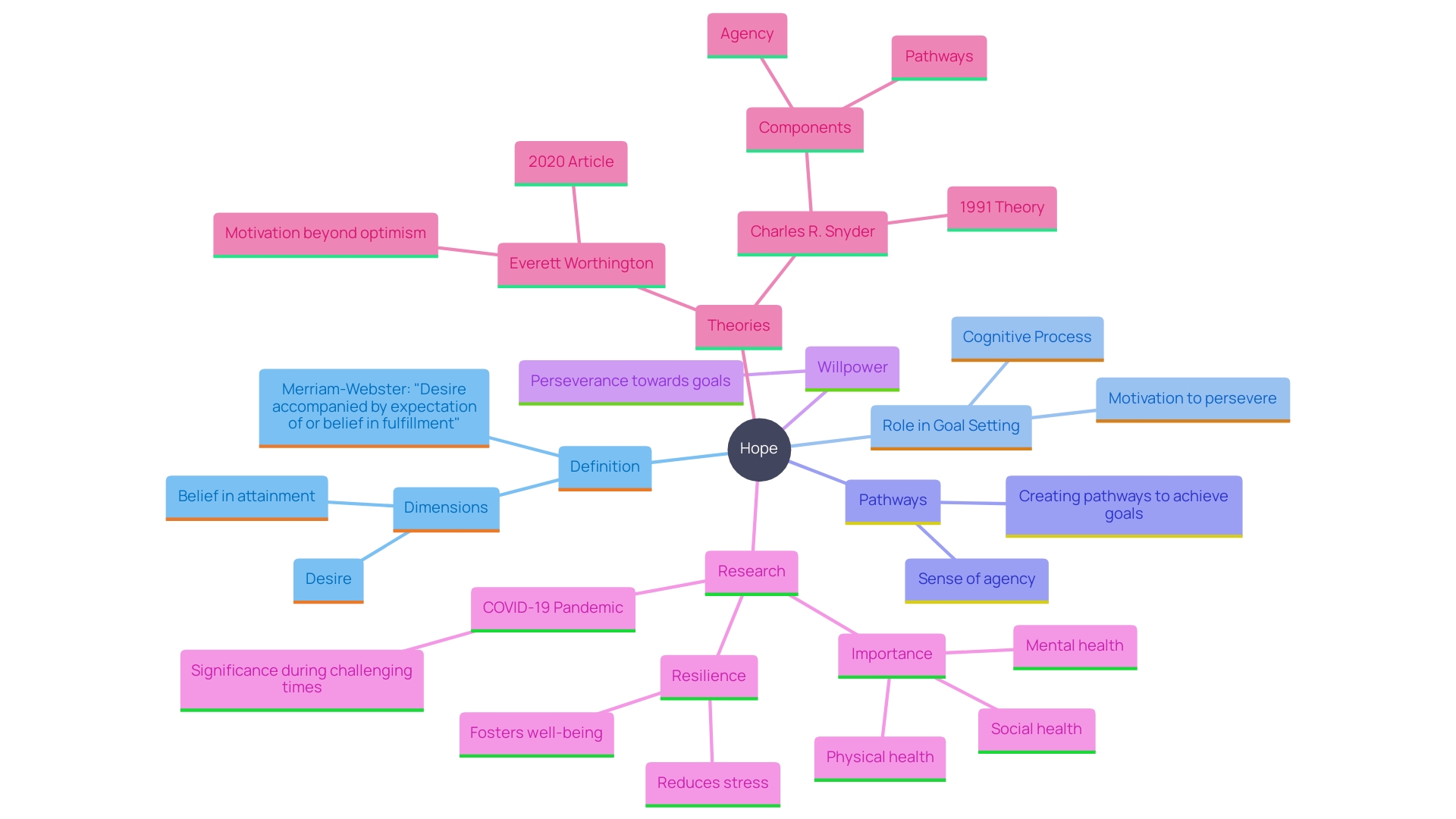
Conclusion
Understanding autism requires a commitment to embracing the unique perspectives and strengths of individuals on the spectrum. The insights shared throughout this discussion highlight the importance of recognizing autism not as a limitation, but as an alternative way of experiencing the world. This shift in perspective is essential for fostering acceptance and promoting realistic portrayals that move beyond stereotypes.
Supporting autistic individuals through transitions and everyday challenges is crucial. The stories of individuals like Lil and Joshie illustrate how tailored support can lead to significant growth and empowerment. By prioritizing empathy and understanding in both personal and professional settings, communities can create environments where neurodivergent individuals can thrive.
Encouraging self-advocacy and celebrating neurodiversity not only enriches society but also ensures that the voices of autistic individuals are heard and valued. As organizations increasingly adopt inclusive practices, the benefits extend beyond the individuals themselves, enhancing overall community resilience and innovation.
Ultimately, fostering an inclusive and supportive environment for individuals with autism is a collective responsibility. By listening to and learning from the autistic community, society can cultivate a more understanding and empowering landscape for all.




